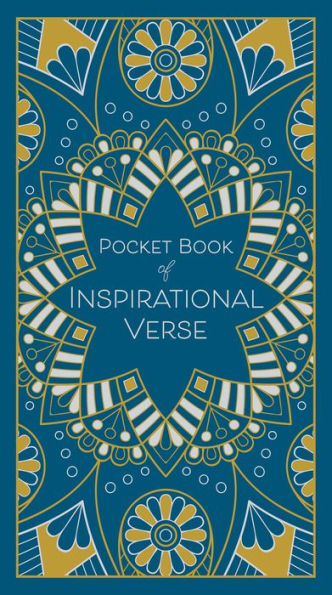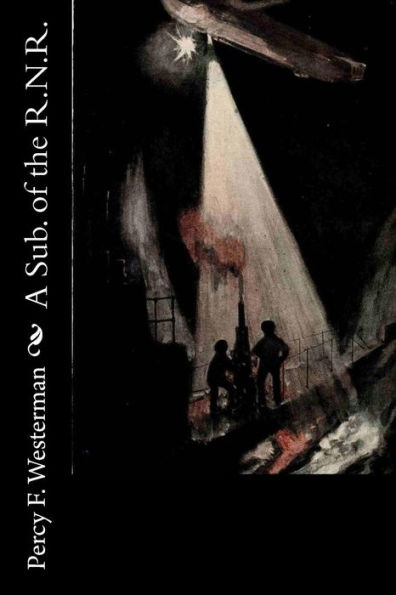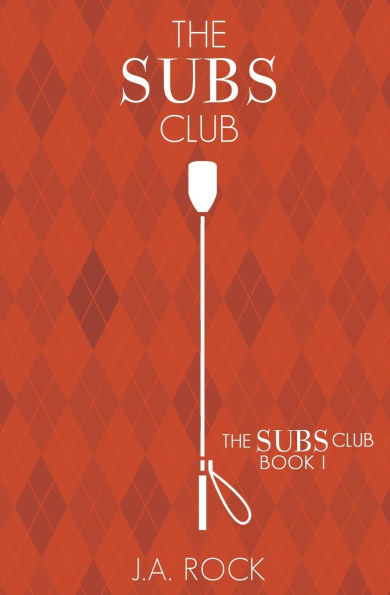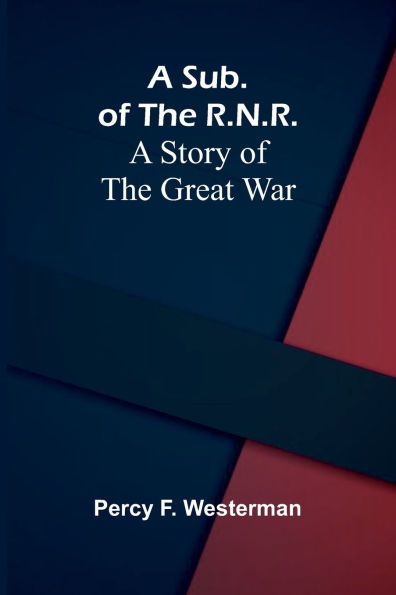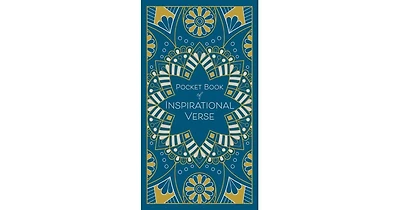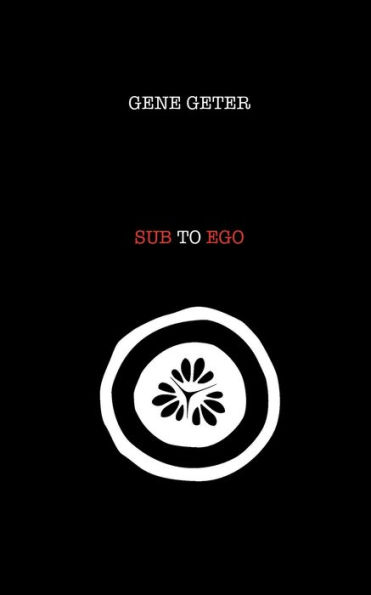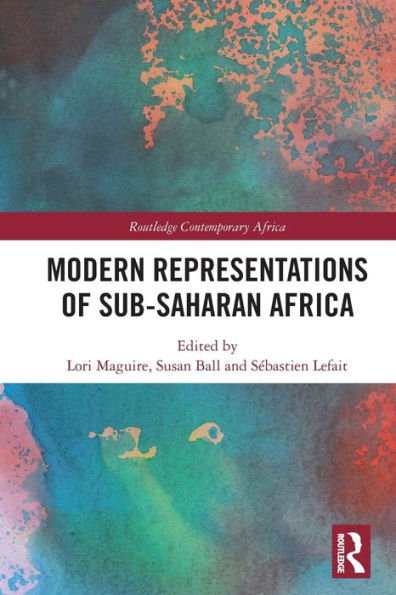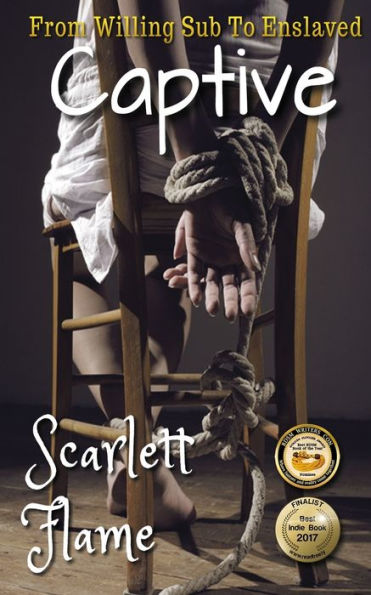Home
Sub Verses
Barnes and Noble
Loading Inventory...
Sub Verses in Bloomington, MN
Current price: $14.39

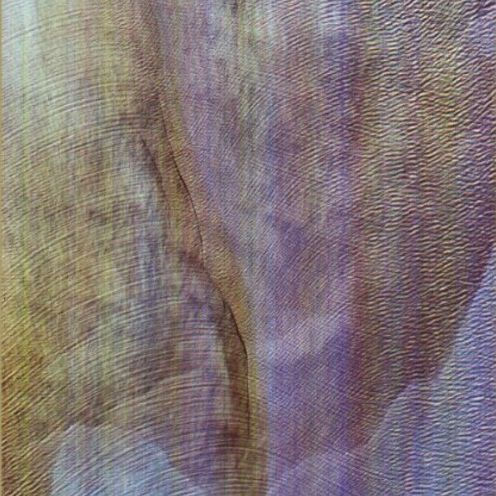
Sub Verses in Bloomington, MN
Current price: $14.39
Loading Inventory...
Size: CD
It's been two years since
Akron/Family
released the monolithic
Akron/Family II (The Cosmic Birth and Journey of Shinju TNT)
, an album that featured no less than five different "leaked" (by the band) mixes before it was formally released. Though the gorgeous cover art on
Sub Verses
is by
Stephen O'Malley
, the band claims it was influenced by the mystical interior paintings of James Turrell and the massive masculine landscape art of Michael Heizer. In terms of sonics, textures, the elemental use of space, and density in and around the music, that makes perfect sense. Opener "No Room" features a near-martial tom-tom assault that undergirds the yearning vocals and harmonies before it all explodes -- Malian desert blues style -- to neo-psych drone blues. The desert blues is referenced later, too, in the frenetic, polyrhythmic "Sand Time." "Until the Morning," with its shimmering organs and rolling kick drum, creates blissy trance music under a lilting melody and an emotive vocal imbued with lyric tenderness; it's the most holistic love song the band's ever cut. The careening rhythmic attack on "Sand Talk" pushes guitars and basses through post-punk disorder, modal electric free jazz, and the ragged guitar tonalites of
Link Wray
. All the while the vocals seek nothing less than ecstatic release. "Holy Boredom" is
A/F
at their most tribal: mammoth drums, noise and distorted vocals howling and snarling before a wall of guitar and bass throb. Speaking of tribal, they almost campily evoke
Kings of the Wild Frontier
-era
Adam Ant
on "The Whole World Is Watching" to boot, displaying a sense of humor in a serious song.
use doo wop on "Way Up"; but it's heard through
Brian Wilson
's
Beach Boys
. Further, they extrapolate it wholesale, juxtaposing it against South African call-and-response folk forms woven through their own post-acid aesthetic. Doo wop is referenced more directly on the mournful waltz "When I Was Young," as a low-end tenor saxophone accompanies the changes before a screaming guitar enters. The harmonies are staggered a fraction of a beat behind one another in true A/F style, but, even here, there is the ghost trace of
John Lennon
's use of it on his
Rock 'N' Roll
album. "Samurai," the set closer, is a drifting, pillowy ballad. Layered slide guitars whine like a pedal steel; they sound nearly tropical. Shimmering cymbals and percussion are subtly set to frame them, stretching time and space. Its lyrics are so poetic and sadly beautiful, they could have been written by
Yukio Mishima
as his final testament before committing hara kiri.
offers such a disciplined sense of exploration, multivalent nuance, and commitment in its production and performance; it stands out in an already very distinguished catalog. ~ Thom Jurek
Akron/Family
released the monolithic
Akron/Family II (The Cosmic Birth and Journey of Shinju TNT)
, an album that featured no less than five different "leaked" (by the band) mixes before it was formally released. Though the gorgeous cover art on
Sub Verses
is by
Stephen O'Malley
, the band claims it was influenced by the mystical interior paintings of James Turrell and the massive masculine landscape art of Michael Heizer. In terms of sonics, textures, the elemental use of space, and density in and around the music, that makes perfect sense. Opener "No Room" features a near-martial tom-tom assault that undergirds the yearning vocals and harmonies before it all explodes -- Malian desert blues style -- to neo-psych drone blues. The desert blues is referenced later, too, in the frenetic, polyrhythmic "Sand Time." "Until the Morning," with its shimmering organs and rolling kick drum, creates blissy trance music under a lilting melody and an emotive vocal imbued with lyric tenderness; it's the most holistic love song the band's ever cut. The careening rhythmic attack on "Sand Talk" pushes guitars and basses through post-punk disorder, modal electric free jazz, and the ragged guitar tonalites of
Link Wray
. All the while the vocals seek nothing less than ecstatic release. "Holy Boredom" is
A/F
at their most tribal: mammoth drums, noise and distorted vocals howling and snarling before a wall of guitar and bass throb. Speaking of tribal, they almost campily evoke
Kings of the Wild Frontier
-era
Adam Ant
on "The Whole World Is Watching" to boot, displaying a sense of humor in a serious song.
use doo wop on "Way Up"; but it's heard through
Brian Wilson
's
Beach Boys
. Further, they extrapolate it wholesale, juxtaposing it against South African call-and-response folk forms woven through their own post-acid aesthetic. Doo wop is referenced more directly on the mournful waltz "When I Was Young," as a low-end tenor saxophone accompanies the changes before a screaming guitar enters. The harmonies are staggered a fraction of a beat behind one another in true A/F style, but, even here, there is the ghost trace of
John Lennon
's use of it on his
Rock 'N' Roll
album. "Samurai," the set closer, is a drifting, pillowy ballad. Layered slide guitars whine like a pedal steel; they sound nearly tropical. Shimmering cymbals and percussion are subtly set to frame them, stretching time and space. Its lyrics are so poetic and sadly beautiful, they could have been written by
Yukio Mishima
as his final testament before committing hara kiri.
offers such a disciplined sense of exploration, multivalent nuance, and commitment in its production and performance; it stands out in an already very distinguished catalog. ~ Thom Jurek
It's been two years since
Akron/Family
released the monolithic
Akron/Family II (The Cosmic Birth and Journey of Shinju TNT)
, an album that featured no less than five different "leaked" (by the band) mixes before it was formally released. Though the gorgeous cover art on
Sub Verses
is by
Stephen O'Malley
, the band claims it was influenced by the mystical interior paintings of James Turrell and the massive masculine landscape art of Michael Heizer. In terms of sonics, textures, the elemental use of space, and density in and around the music, that makes perfect sense. Opener "No Room" features a near-martial tom-tom assault that undergirds the yearning vocals and harmonies before it all explodes -- Malian desert blues style -- to neo-psych drone blues. The desert blues is referenced later, too, in the frenetic, polyrhythmic "Sand Time." "Until the Morning," with its shimmering organs and rolling kick drum, creates blissy trance music under a lilting melody and an emotive vocal imbued with lyric tenderness; it's the most holistic love song the band's ever cut. The careening rhythmic attack on "Sand Talk" pushes guitars and basses through post-punk disorder, modal electric free jazz, and the ragged guitar tonalites of
Link Wray
. All the while the vocals seek nothing less than ecstatic release. "Holy Boredom" is
A/F
at their most tribal: mammoth drums, noise and distorted vocals howling and snarling before a wall of guitar and bass throb. Speaking of tribal, they almost campily evoke
Kings of the Wild Frontier
-era
Adam Ant
on "The Whole World Is Watching" to boot, displaying a sense of humor in a serious song.
use doo wop on "Way Up"; but it's heard through
Brian Wilson
's
Beach Boys
. Further, they extrapolate it wholesale, juxtaposing it against South African call-and-response folk forms woven through their own post-acid aesthetic. Doo wop is referenced more directly on the mournful waltz "When I Was Young," as a low-end tenor saxophone accompanies the changes before a screaming guitar enters. The harmonies are staggered a fraction of a beat behind one another in true A/F style, but, even here, there is the ghost trace of
John Lennon
's use of it on his
Rock 'N' Roll
album. "Samurai," the set closer, is a drifting, pillowy ballad. Layered slide guitars whine like a pedal steel; they sound nearly tropical. Shimmering cymbals and percussion are subtly set to frame them, stretching time and space. Its lyrics are so poetic and sadly beautiful, they could have been written by
Yukio Mishima
as his final testament before committing hara kiri.
offers such a disciplined sense of exploration, multivalent nuance, and commitment in its production and performance; it stands out in an already very distinguished catalog. ~ Thom Jurek
Akron/Family
released the monolithic
Akron/Family II (The Cosmic Birth and Journey of Shinju TNT)
, an album that featured no less than five different "leaked" (by the band) mixes before it was formally released. Though the gorgeous cover art on
Sub Verses
is by
Stephen O'Malley
, the band claims it was influenced by the mystical interior paintings of James Turrell and the massive masculine landscape art of Michael Heizer. In terms of sonics, textures, the elemental use of space, and density in and around the music, that makes perfect sense. Opener "No Room" features a near-martial tom-tom assault that undergirds the yearning vocals and harmonies before it all explodes -- Malian desert blues style -- to neo-psych drone blues. The desert blues is referenced later, too, in the frenetic, polyrhythmic "Sand Time." "Until the Morning," with its shimmering organs and rolling kick drum, creates blissy trance music under a lilting melody and an emotive vocal imbued with lyric tenderness; it's the most holistic love song the band's ever cut. The careening rhythmic attack on "Sand Talk" pushes guitars and basses through post-punk disorder, modal electric free jazz, and the ragged guitar tonalites of
Link Wray
. All the while the vocals seek nothing less than ecstatic release. "Holy Boredom" is
A/F
at their most tribal: mammoth drums, noise and distorted vocals howling and snarling before a wall of guitar and bass throb. Speaking of tribal, they almost campily evoke
Kings of the Wild Frontier
-era
Adam Ant
on "The Whole World Is Watching" to boot, displaying a sense of humor in a serious song.
use doo wop on "Way Up"; but it's heard through
Brian Wilson
's
Beach Boys
. Further, they extrapolate it wholesale, juxtaposing it against South African call-and-response folk forms woven through their own post-acid aesthetic. Doo wop is referenced more directly on the mournful waltz "When I Was Young," as a low-end tenor saxophone accompanies the changes before a screaming guitar enters. The harmonies are staggered a fraction of a beat behind one another in true A/F style, but, even here, there is the ghost trace of
John Lennon
's use of it on his
Rock 'N' Roll
album. "Samurai," the set closer, is a drifting, pillowy ballad. Layered slide guitars whine like a pedal steel; they sound nearly tropical. Shimmering cymbals and percussion are subtly set to frame them, stretching time and space. Its lyrics are so poetic and sadly beautiful, they could have been written by
Yukio Mishima
as his final testament before committing hara kiri.
offers such a disciplined sense of exploration, multivalent nuance, and commitment in its production and performance; it stands out in an already very distinguished catalog. ~ Thom Jurek
